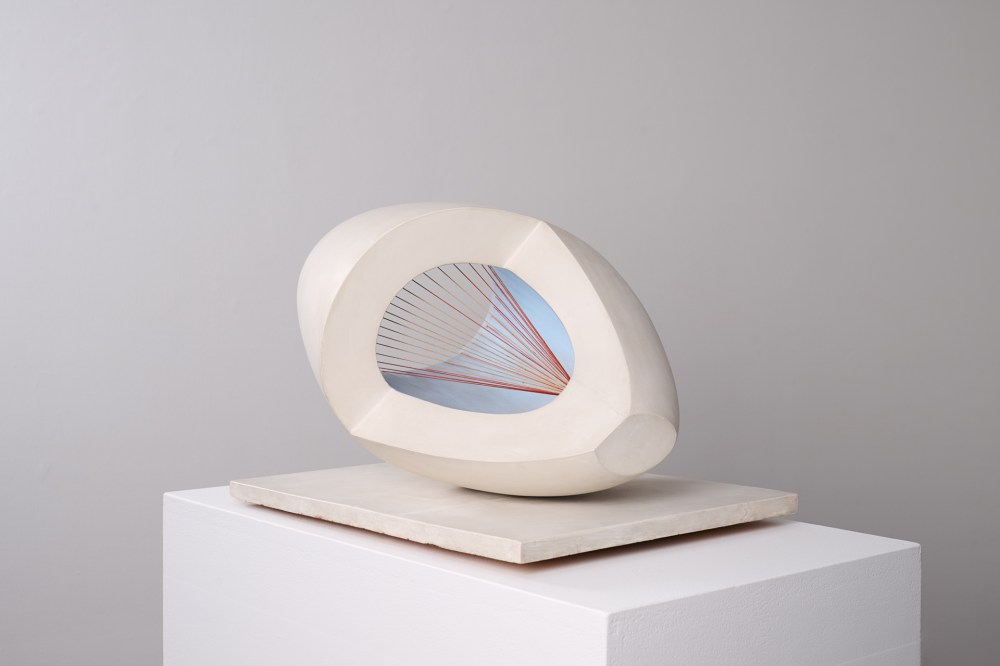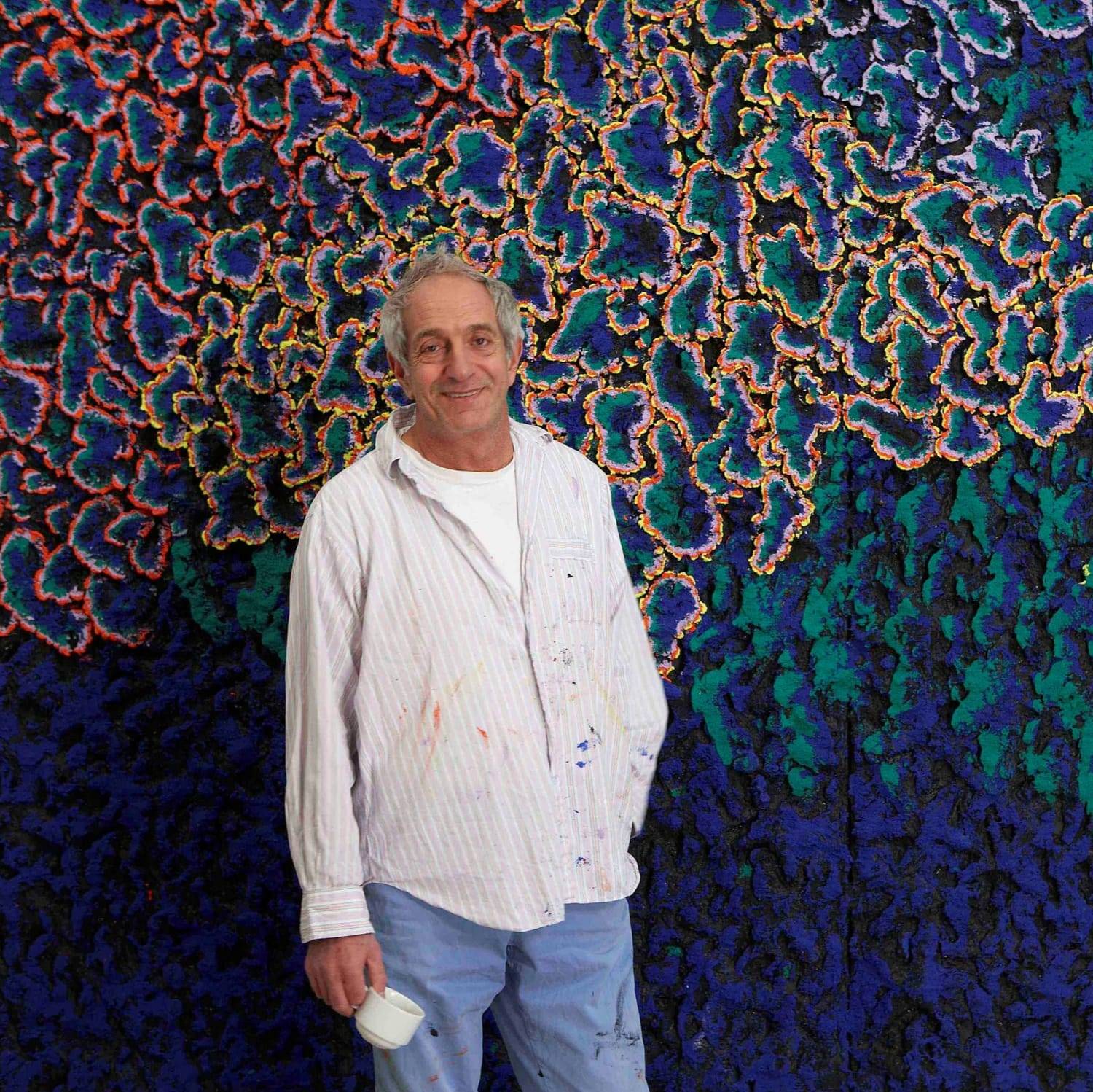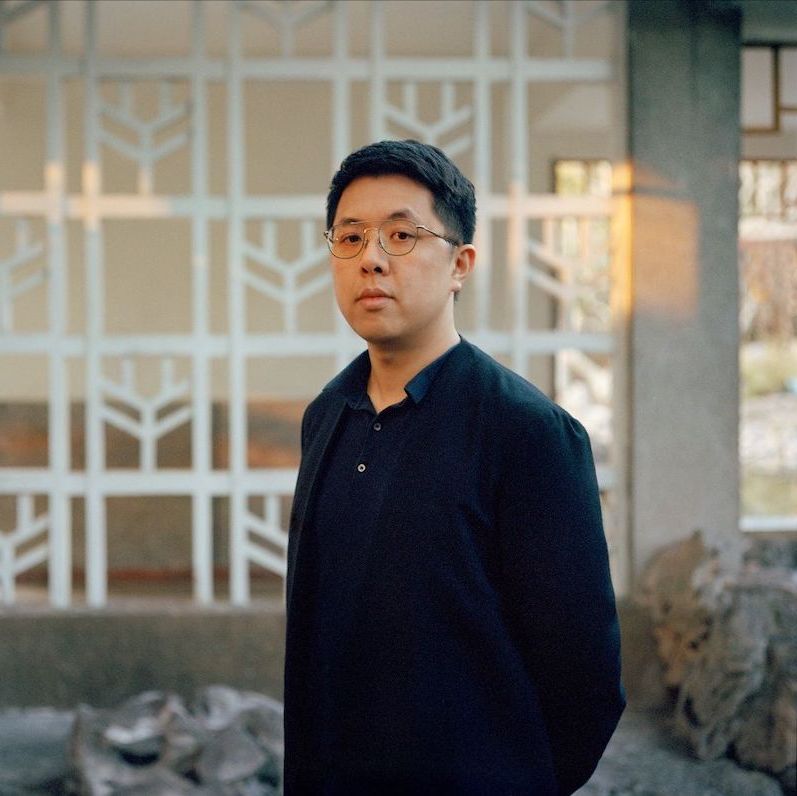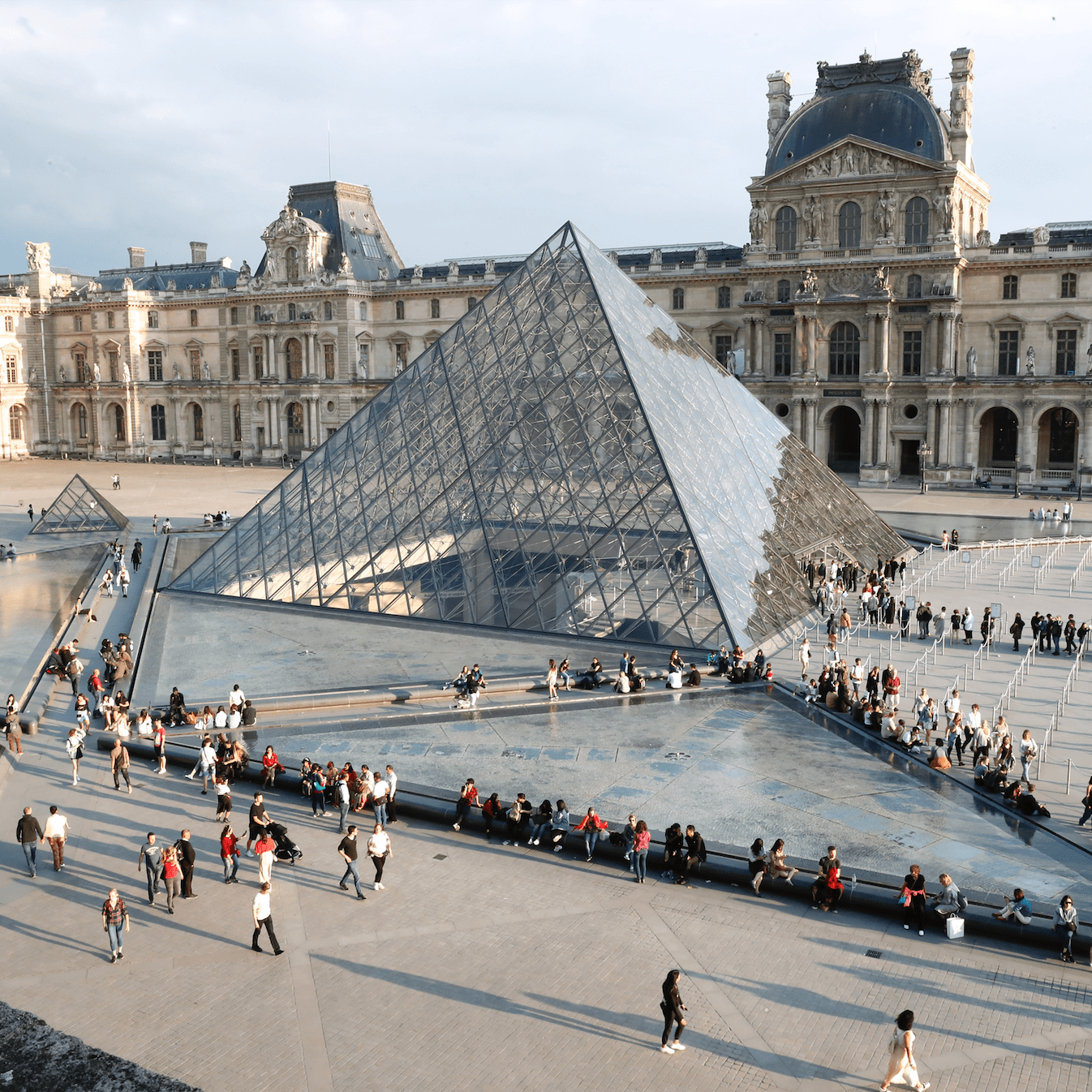By providing your information, you agree to our Terms of Use and our Privacy Policy. We use vendors that may also process your information to help provide our services.
British Museum, Charity Launch $5.3 Million Public Appeal to Keep Rare Barbara Hepworth Sculpture in Country

England’s Hepworth Wakefield museum has teamed up with UK charity the Art Fund to amass the £3.8 million ($5.2 million) needed to retain British sculptor Barbara Hepworth’s 1943 Sculpture with Colour (Oval Form) Pale Blue and Red for the nation. The rarely shown work was sold at auction by Christie’s for £3.8 million in March 2024 to a private buyer who intends to take it overseas. However, the British government placed an export bar on the work, giving UK institutions until August 27 of this year to match the price and keep the treasure in England, where the public might be able to see it. To date, the Art Fund has supplied £750,000 toward the drive, with private donors providing additional funds, leaving £2.9 million yet to be raised.
“If we’re successful, it would be pretty much on permanent display to the public, either in Wakefield or we would lend it to important exhibitions around the country,” Eleanor Clayton, head of collection and exhibitions at the Hepworth Wakefield, told The Guardian.
Sculpture with Colour (Oval Form) Pale Blue and Red is considered of tremendous significance within the history of British modern art. Hepworth, a native of Wakefield, made it during World War II while living in St. Ives, Cornwall. The mother of young children, including four-year-old triplets, she was able to work only sporadically in her studio, whenever she found a few minutes between domestic tasks. The sculpture is made of wood, which Hepworth had to obtain a special permit to carve, and colored string, which, stretched tautly within the gap of the white ovoid form, represents her experience of the tensions between herself and her natural surrounds at the time. The work was a favorite of the sculptor, who brought only its plaster prototype (since destroyed) with her when she moved to St. Ives.
“This rare and significant sculpture should be on public display in the UK now and for generations to come,” said Art Fund director Jenny Waldman in a statement. “Every museum should have the power to secure landmark works of art but in today’s challenging funding climate they simply cannot compete with the prices demanded on the open market. We applaud the Hepworth Wakefield for the huge ambition of their bid to bring this Hepworth home.”













